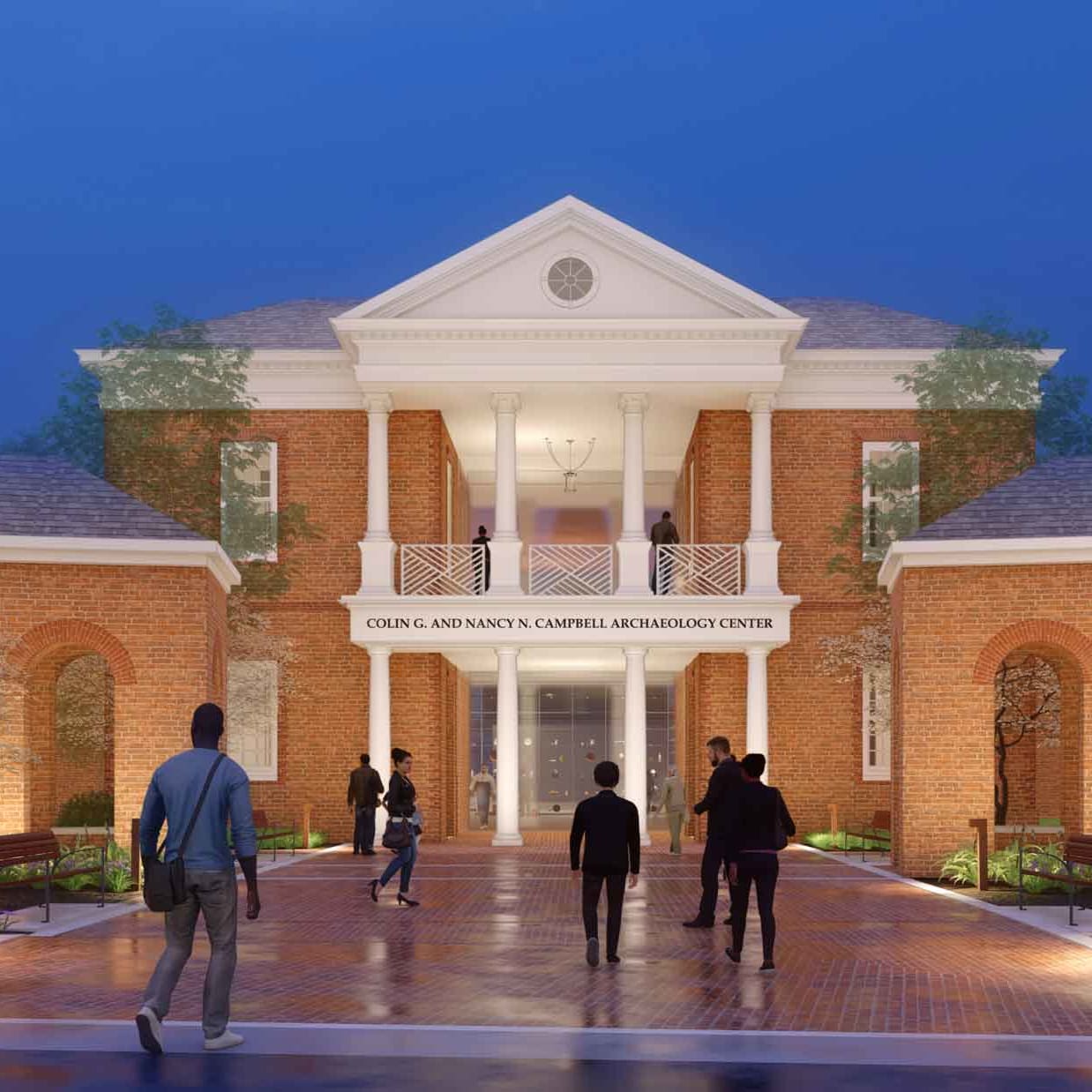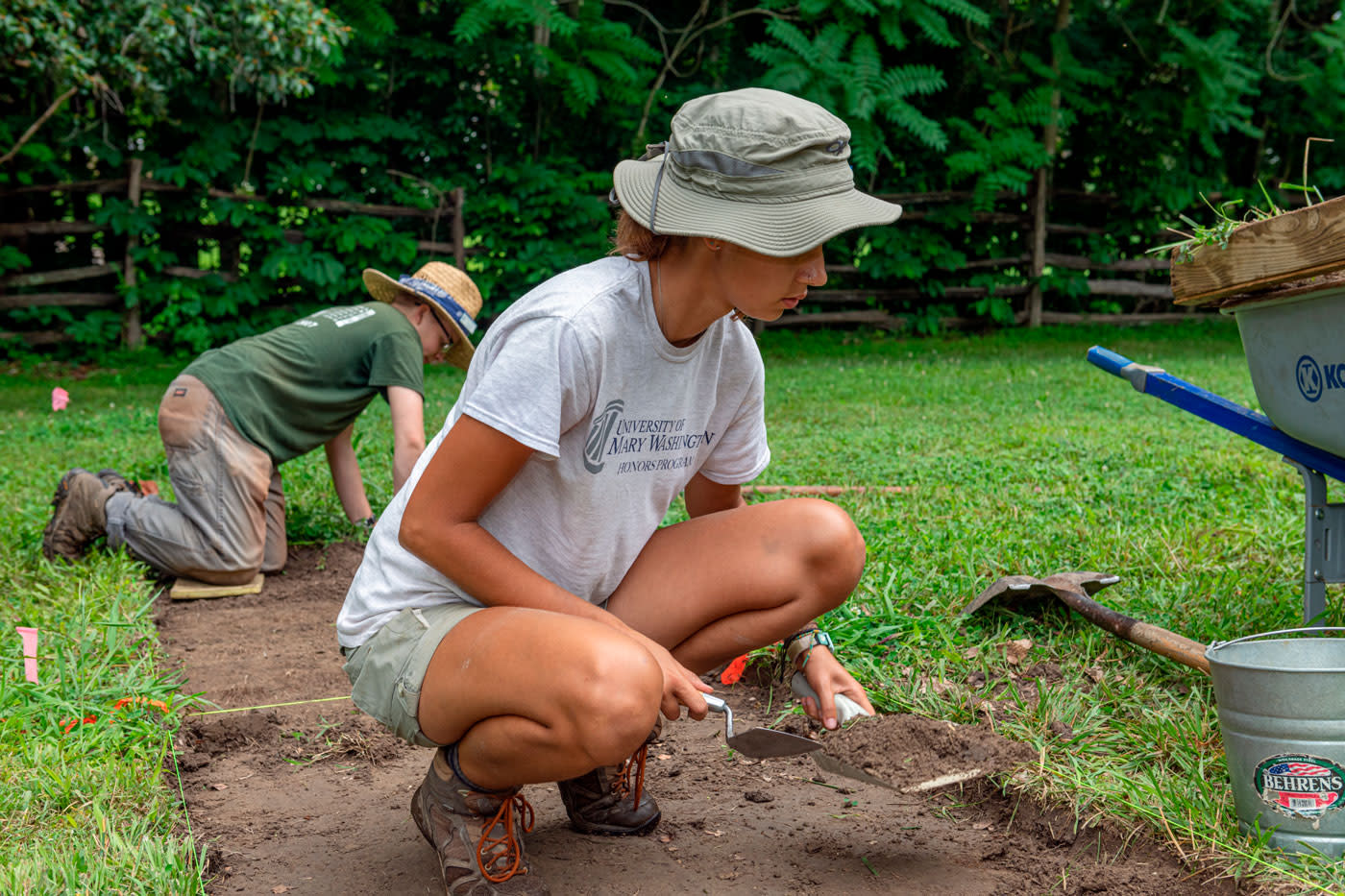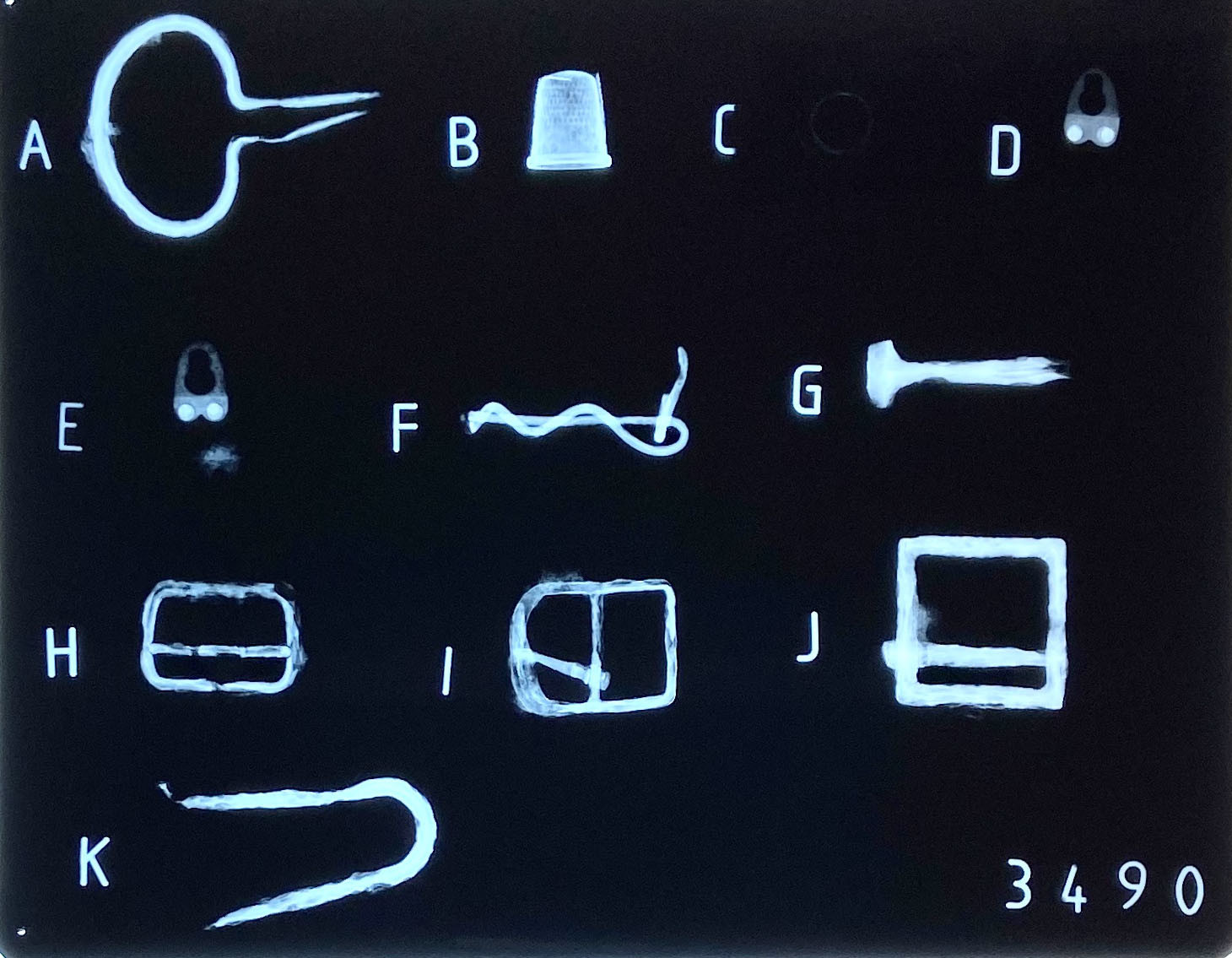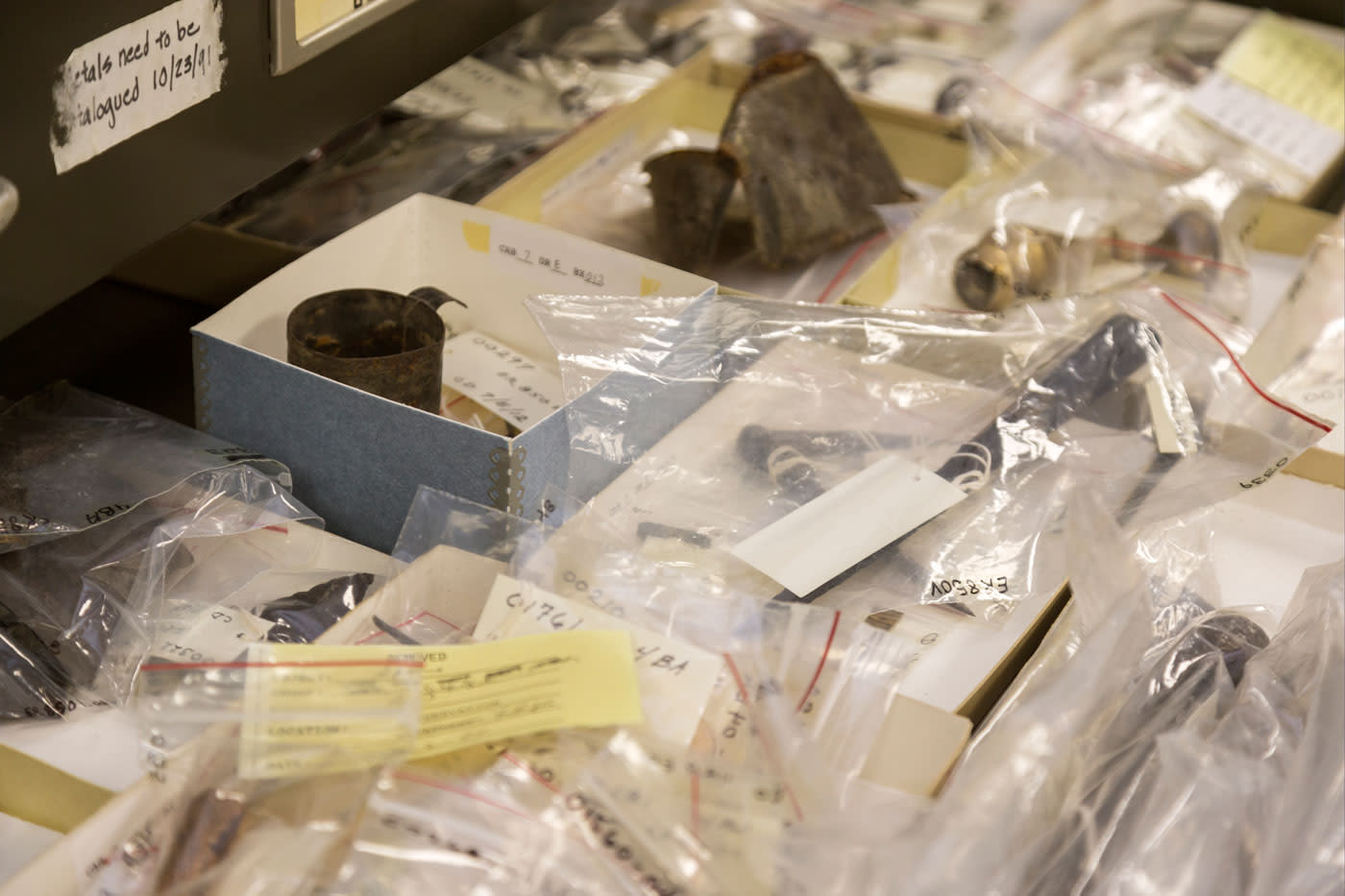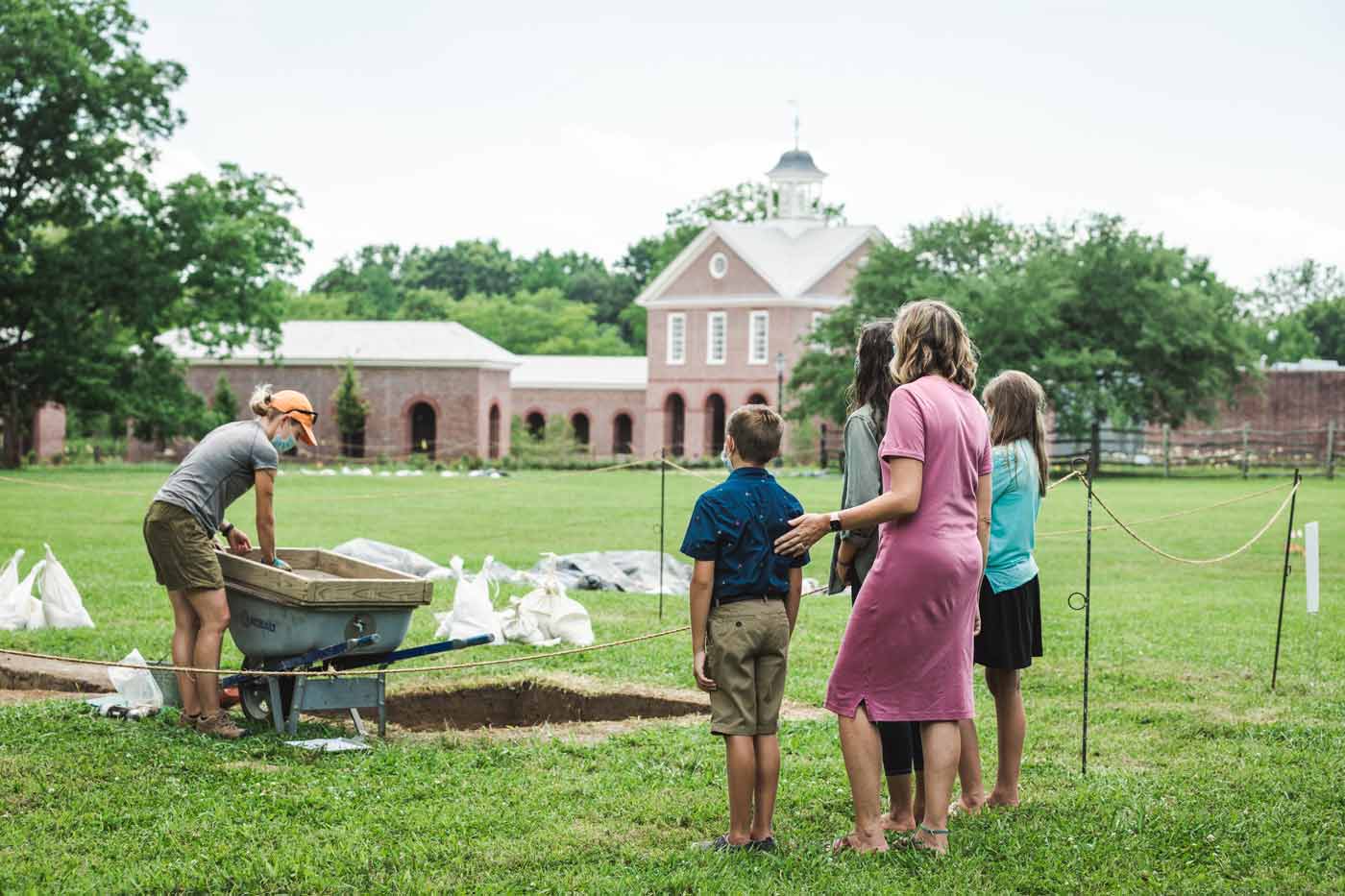
Custis Square
Our archaeologists are in the middle of a 5-year exploration of Custis Square, the 4-acre pasture across from the Art Museums where the 18th-century home and gardens of John Custis IV once stood. Learn more.
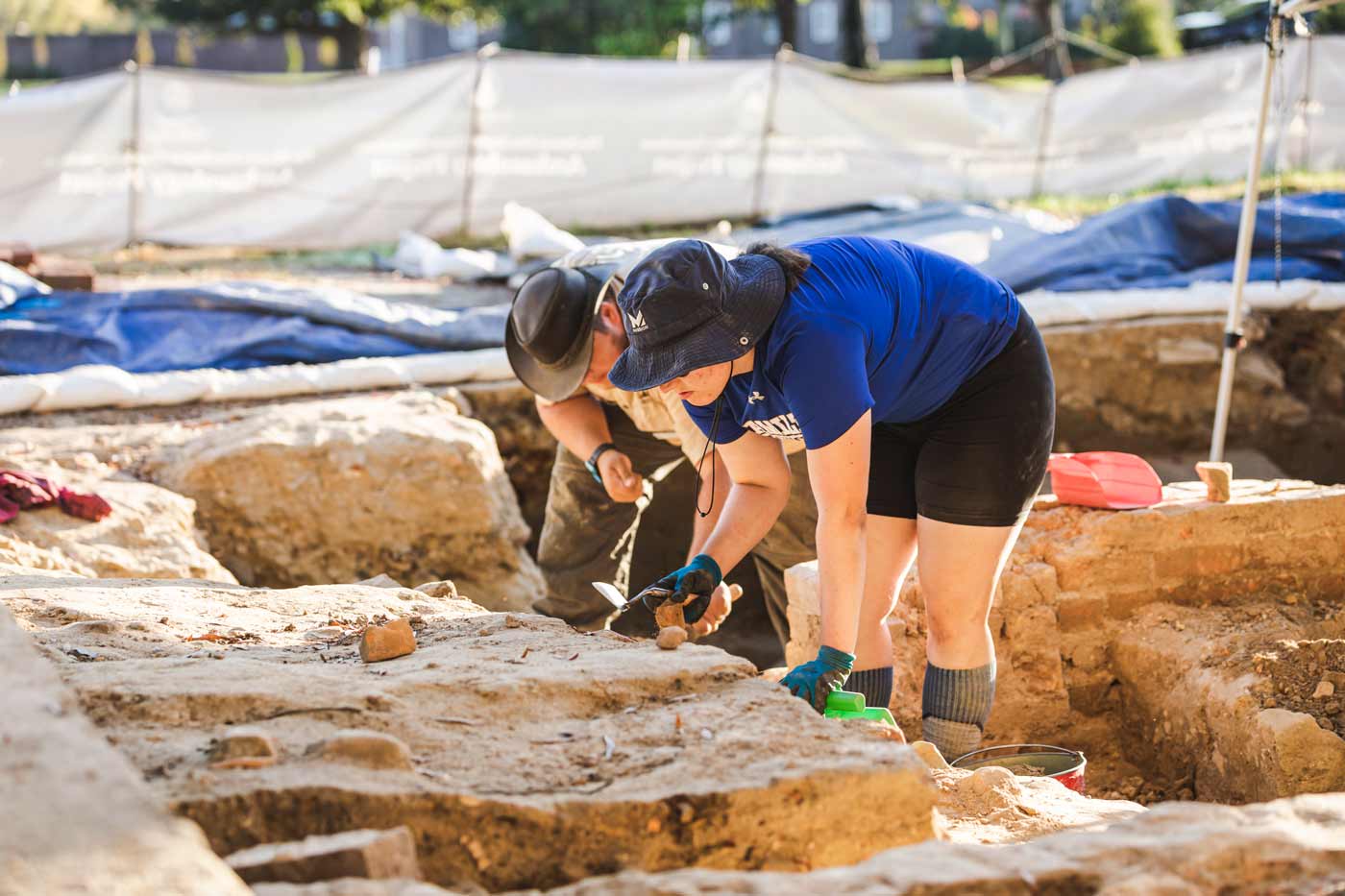
First Baptist Church
Colonial Williamsburg archaeologists are also excavating the site of First Baptist Church, one of America’s oldest churches founded entirely by Blacks, under the guidance of the congregation. Learn more.
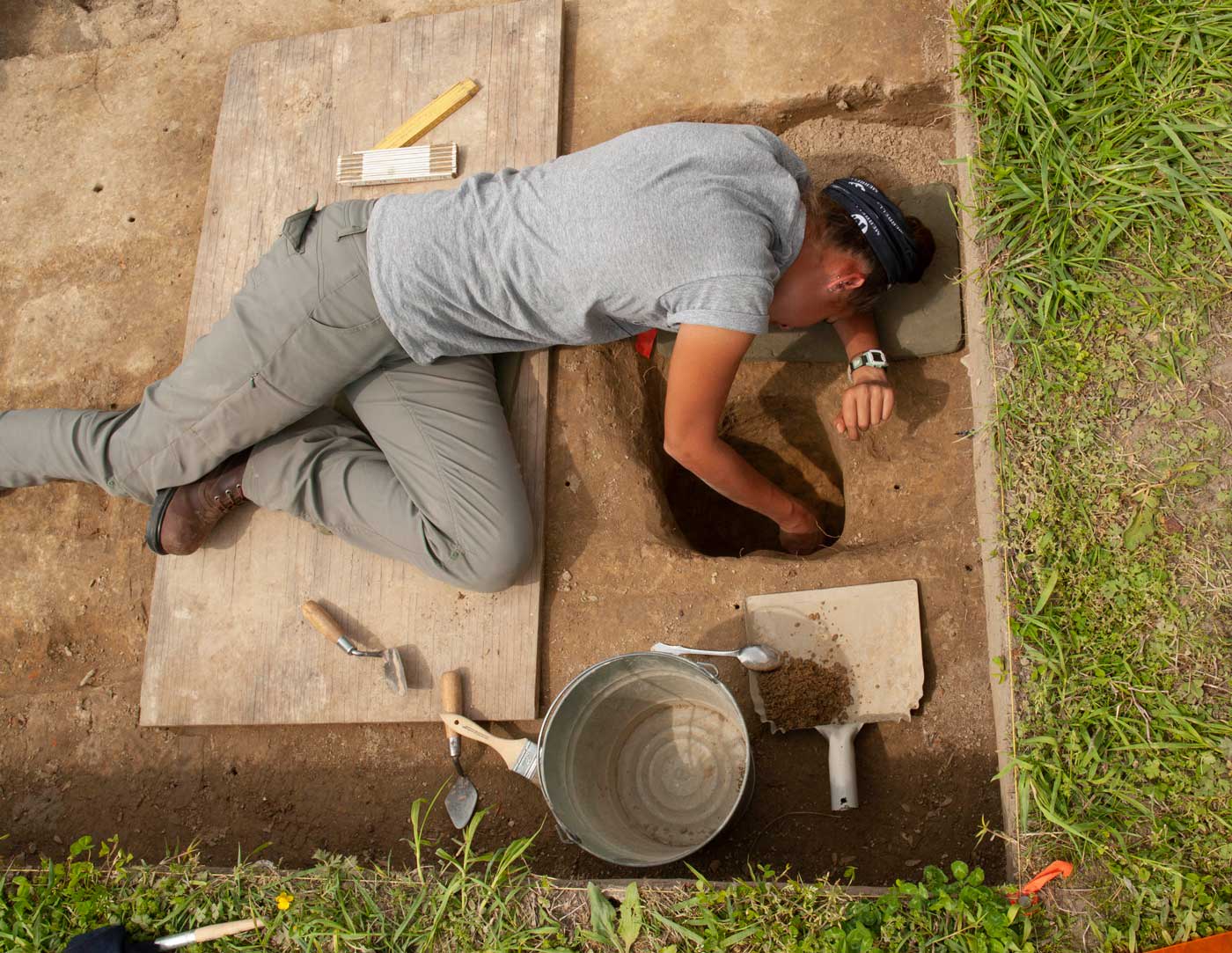
Ongoing Projects
Our archaeologists are working to ensure that archaeological resources are identified and preserved. This year, we’ll be conducting several small-scale excavations. Learn More .
